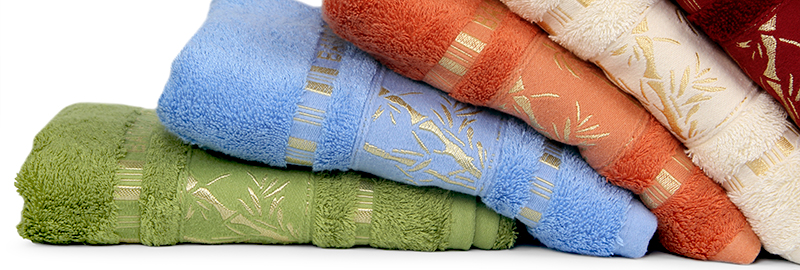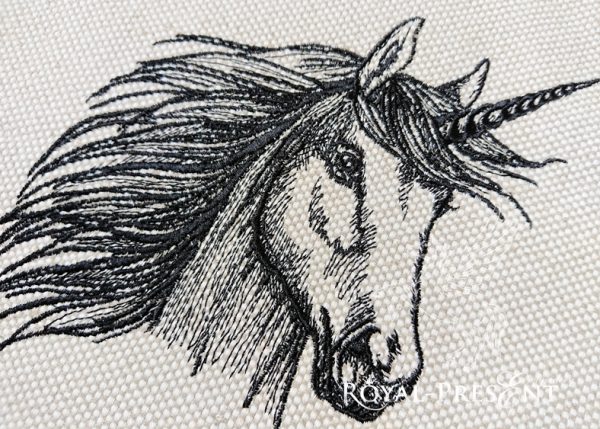Washing, ironing and other embroidery projects cleaning tips
Embroidered linens and clothes have exquisite and very sophisticated beauty. This beauty, however, requires special care for it to last for a long time. This means that there are certain no-no’s in cleaning, washing, drying and pressing (ironing) of an embroidered item. Today’s post is for all embroidery enthusiasts who’ve struggled with intricacies of caring for their beautiful decorative projects. We assembled most useful tips, which will help embroidered items look brand-new for much longer.
First of all, it’s worth noting that care for embroidery project starts even before the needle of the machine goes through the textile for the first time. Every artisan should remember that only with the right stabilizers-textile combination you will increase the embroidery “lifespan”. We have already shared the needed information on stabilizers in our previous posts. You can read it here (Getting to know Madeira Avalon stabilizers).
Now, let’s dwell into details of care of finished embroidery projects. There are several steps involved in the whole process of cleaning embroidered items: washing, drying and ironing.
How to wash an embroidered item
On this stage one should take into account characteristics of textile and threads, making out the most sensitive of them. When dealing with delicate textiles or threads that might bleed, act with caution, adjusting water temperature and choosing detergents accordingly. Your best choice here is to gently hand-wash an embroidery project. This way you manage the process, tackling any possible damage on the way. Temperature should not go over 60 degrees in most cases. When washing silk embroidered items, stay under 30 degrees.
If, for any reason, machine-wash is the only option, choose “delicate” program without wringing. Always turn the item inside-out before putting it into the washing machine. This will protect the embroidery from possible hardware (zippers, buttons etc.) of other garments, it’s being laundered with. If possible avoid altogether any such “neighbors” in the same washing cycle.
Detergents, allowed with embroidered items
In most cases you’ll be save with mild detergents, like ones, used for baby clothing. They don’t contain harmful for the colors elements and still provide good “cleaning service”. If an item is stained and the stains persist, try, very carefully, non-chloride stain removals. Do not use the cleaning agent undiluted and on the whole item as well. Dub the stained area with a cotton swab dipped into the solvent (thinned with water) and afterwards rinse well. When rinsing, you can add white vinegar in the water. This will make colors look fresh and shiny. For the vinegar solution put 1 table spoon of vinegar in 1 liter of water.
Drying an embroidered item
When dealing such delicate embellishment as embroidery you must not use tumble drying at all. Almost all embroidered items should be air-dried, no matter if you machine-wash or hand-wash them. Never apply to much rigor when removing excessive water from the soaked item before air-drying. Wringing is prohibited whatsoever.
Before the actual air-drying step gently press the item to get rid of all the dripping water. After that, spread the still wet item on a towel or any other large and fluffy piece of material. Roll everything together and squeeze lightly. Don’t be too zealous for the thick nap of the towel will absorb the redundant water by itself. After that unfold the roll and let the embroidered item air-dry. Some pieces, especially delicate textiles, must not be hanged on the line to dry.
Ironing and pressing an embroidered item
Main rule on this stage is to always use some protective cloth between the iron and the embroidery. The piece will be easier to iron if you do it when it is still wet. Avoid too high temperatures with delicate fabrics and metalized threads. If possible don’t touch the embroidery with the iron at all, press only the area near it.
When deciding upon using steam while ironing, take into account characteristics of the textile and the stabilizer. Steam might stain silk fabrics and make some stabilizers shrink, creating puckering or creasing.
Extra delicate pieces, such as Richelieu or lace embroideries, are ironed on a soft surface. A towel or a sheet, folded several times, is perfect for such thing. Again, here a protective cloth must be used. All these will ensure the peculiar “dimensional” stitching of these types will keep its form. With lace embroideries you might need to make some adjustments to its form while ironing, for it could stretch a little sideways at times.
If after all the ironing work the embroidery still looks slightly crumbled, don’t worry. Put away the hot iron and take up some weights. Books or other heavy objects, applied as a press on the embroidered item will even any remaining wrinkle. Just be careful not to damage the paperback of the books, for they might get affected by the residual dampness of textile piece.
Finally, after your precious embroidery project is smooth and shiny again, don’t put it immediately in the drawer or closet. Let the piece dry completely before being stored.
Handle embroidery with care and they will bring you joy for a much longer period of time.
You may also like
Machine Embroidery Design Unicorn

Author: Ludmila Konovalova
My name is Ludmila Konovalova, and I lead Royal Present Embroidery. Embroidery for me is more than a profession; it is a legacy of my Ukrainian and Bulgarian heritage, where every woman in my family was a virtuoso in cross-stitch and smooth stitching. This art, passed down through generations, is part of my soul and a symbol of national pride.
Date: 24.05.2017



 Get Sign-In Link
Get Sign-In Link Login with Google
Login with Google Login with Facebook
Login with Facebook Login with Amazon
Login with Amazon Login with Paypal
Login with Paypal